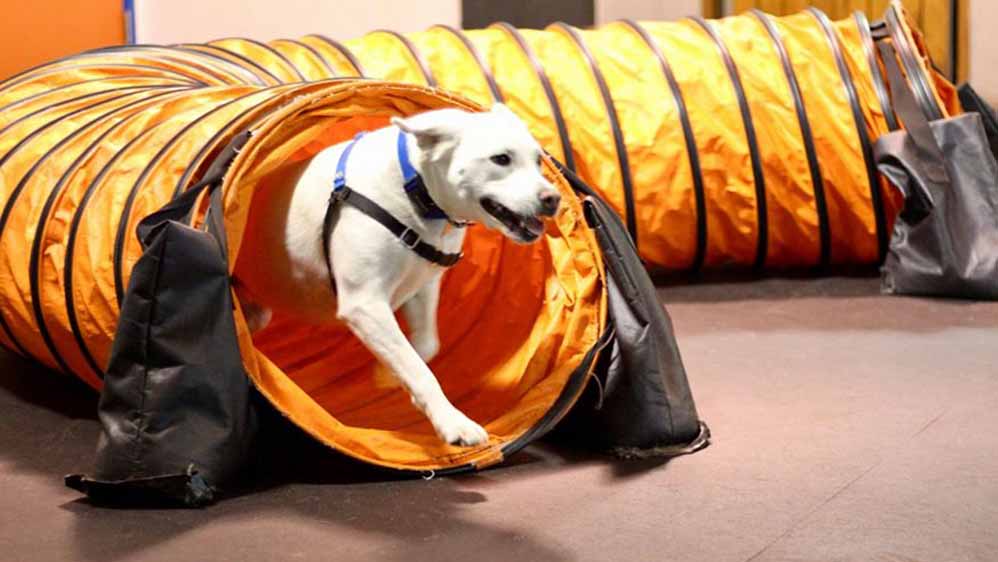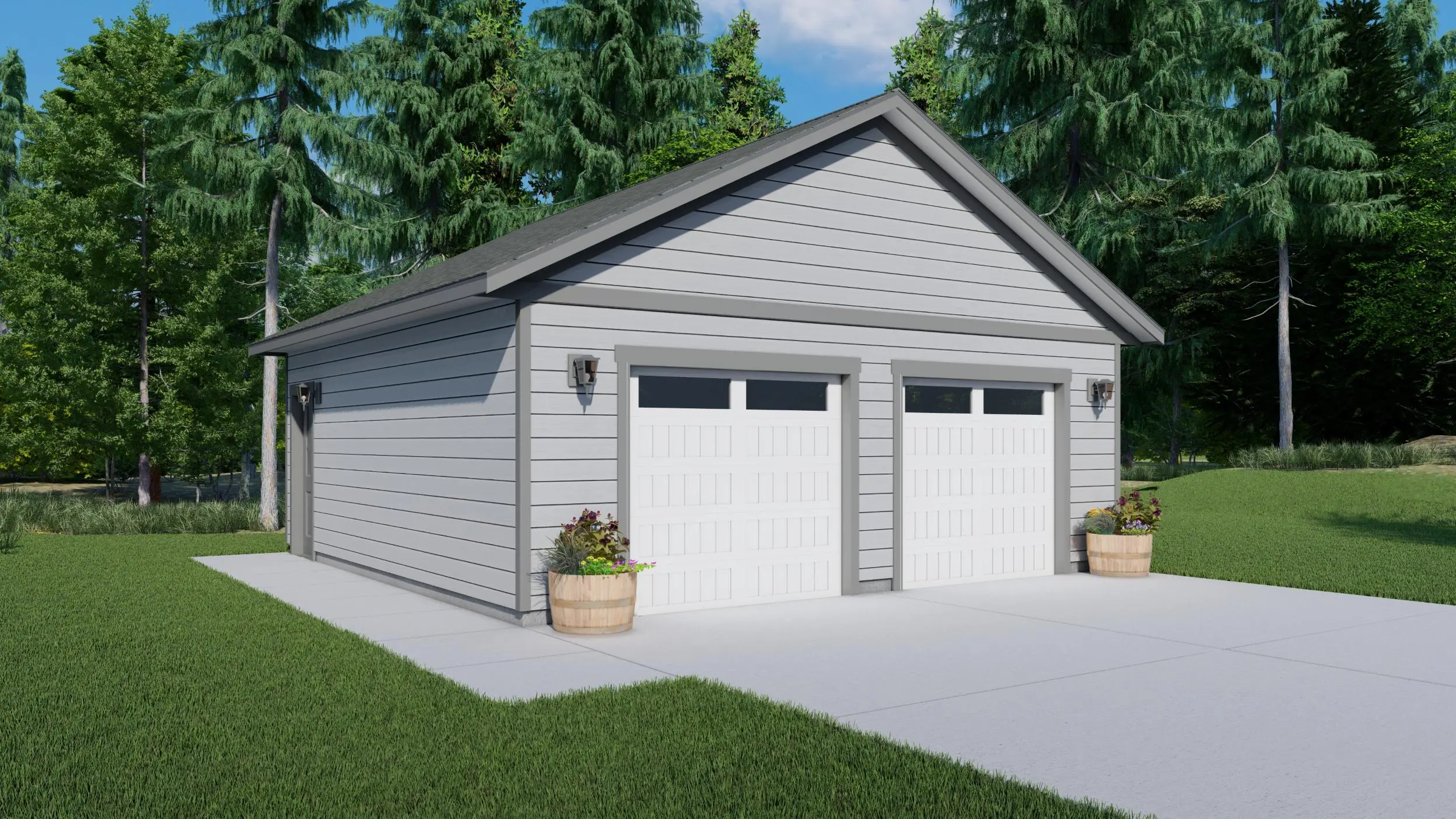Training your dog is a fundamental aspect of responsible pet ownership. A well-trained dog is not only more enjoyable to be around but also safer and happier. Whether you’re dealing with basic commands or addressing more complex issues like dog aggression, understanding the best dog training Sacramento CA techniques can make all the difference. Here’s a comprehensive guide to help you raise a well-behaved pup, focusing on effective strategies and professional options like private dog training.
Why Invest in Dog Training?
Effective dog training offers numerous benefits that extend beyond just teaching commands. Here’s why investing in dog training is essential:
• Improves Behavior: Proper training helps address behavioral issues such as barking, jumping, and chewing.
• Enhances Safety: A well-trained dog is less likely to run away or react aggressively in unpredictable situations.
• Strengthens Bond: Training builds a stronger bond between you and your dog through clear communication and positive interactions.
Essential Dog Training Techniques
- Positive Reinforcement: The Cornerstone of Effective Training
Positive reinforcement is one of the most successful techniques in dog training. It involves rewarding your dog for displaying desirable behavior, which encourages them to repeat it. This method is effective because it creates a positive association with learning.
• Use High-Value Treats: Choose treats that your dog finds especially appealing to keep them motivated.
• Praise and Play: Incorporate verbal praise and playtime as rewards to reinforce good behavior.
- Consistency is Key
Consistency in commands, rewards, and routines is crucial for successful dog training. Inconsistent training can confuse your dog and hinder their learning process.
• Stick to the Same Commands: Use the same words and gestures for each command to avoid confusion.
• Establish a Routine: Create a regular training schedule and adhere to it to build a habit for both you and your dog.
- Gradual Progression: From Basics to Advanced Commands
Start with basic commands and gradually move on to more complex tasks. This incremental approach helps your dog build confidence and mastery of new skills.
• Begin with Simple Commands: Teach fundamental commands such as “sit,” “stay,” and “come.”
• Advance Gradually: Once your dog has mastered the basics, introduce more challenging commands and tricks.
- Addressing Specific Issues: Dog Aggression Training
Dog aggression can be a serious issue that requires targeted training techniques. Addressing aggression involves understanding the root cause and implementing specific strategies to modify behavior.
• Identify Triggers: Observe what provokes aggressive behavior, such as certain situations or stimuli.
• Seek Professional Help: For severe cases, consult a dog aggression specialist or consider private dog training.
Professional Dog Training Options
- Private Dog Training: Tailored Solutions for Your Pup
Private dog training offers personalized attention and customized solutions for your dog’s specific needs. This approach is particularly beneficial for addressing complex behavioral issues or for dogs that require more focused training.
• One-on-One Attention: Private sessions allow for tailored training plans and direct feedback from the trainer.
• Flexible Scheduling: Sessions can be scheduled at your convenience, making it easier to fit training into your routine.
- Group Classes: Socialization and Learning
Group dog training classes provide the advantage of socialization while learning commands in a controlled environment. This option is ideal for general training and improving your dog’s behavior around other dogs and people.
• Interactive Learning: Group classes offer opportunities for your dog to interact with other dogs and people, enhancing their social skills.
• Cost-Effective: Group sessions are often more affordable than private training.
Tips for Successful Dog Training
- Patience and Persistence
Training your dog requires patience and persistence. Avoid getting frustrated and remember that progress takes time. Consistent effort and a positive attitude will yield better results.
• Celebrate Small Wins: Acknowledge and reward even minor progress to keep your dog motivated.
• Adjust as Needed: Be flexible and adjust your training methods if you’re not seeing the desired results.
- Engage in Regular Practice
Consistency in practice is essential for reinforcing training. Incorporate training exercises into your daily routine to maintain your dog’s skills and prevent regression.
• Short, Frequent Sessions: Aim for brief training sessions multiple times a day to keep your dog engaged and attentive.
• Daily Integration: Use everyday situations to practice commands and reinforce training.
Conclusion
Training your dog is a rewarding process that fosters a well-behaved, happy companion. By employing techniques such as positive reinforcement, consistency, and gradual progression, you can effectively address behavioral issues and build a strong foundation for your dog’s development. For those dealing with more complex problems like dog aggression, seeking professional help through private dog training can provide valuable support and tailored solutions.
Remember, successful dog training requires patience, persistence, and dedication. Whether you’re exploring the best dog training techniques or considering private dog training services, the effort you invest in your dog’s education will result in a more harmonious and enjoyable relationship.
Embrace the journey of training with an open mind and a positive outlook, and watch as your furry friend blossoms into a well-behaved and cherished member of your family. dog aggression training Sacramento CA




